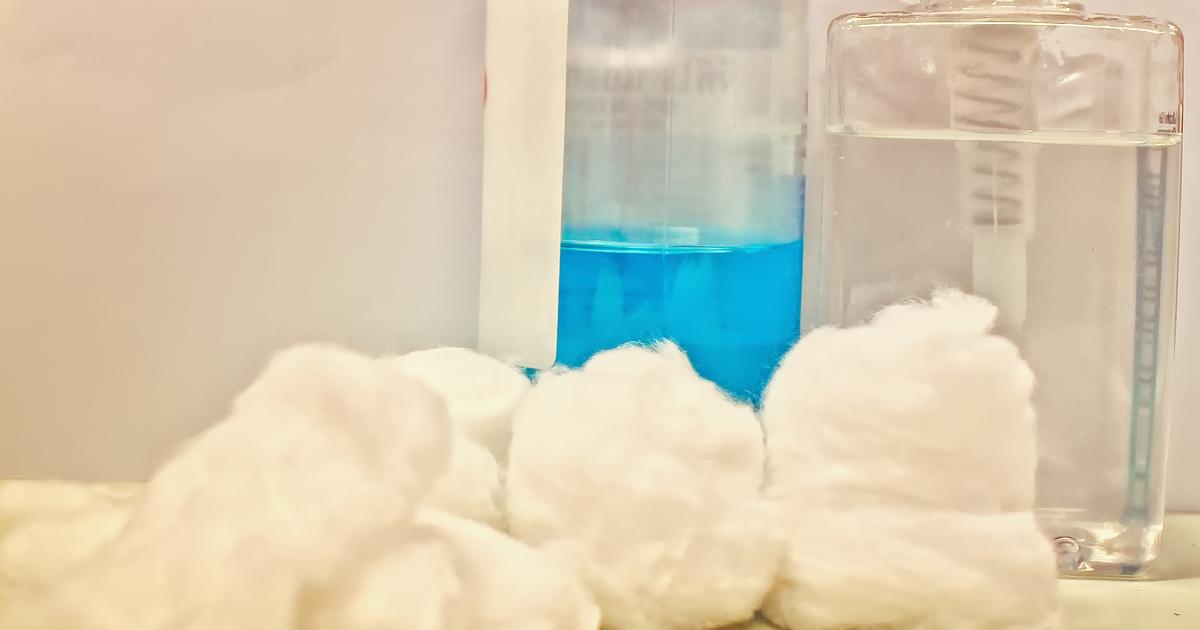What Is Salicylic Acid?
Salicylic acid is a keratolytic compound in the same class of medications as salicylates, also known as acetylsalicylic acid (Aspirin). Salicylic acid works by altering the expression of the COX2 gene to reduce the production of prostaglandins that promote inflammatory processes. The formation of this type of prostaglandin is stopped by the competitive salicylate that disrupts its formation process. Salicylic acid works as an antirheumatic in the body. Antirheumatics promote nonsteroidal anti-inflammatory actions to decrease inflammation. Salicylic acid is most often used in products made to heal the skin, as it is an exfoliant and allows the cells of the epidermis to slough off easier. This mechanism stops pores from becoming clogged up by cellular debris and provides an ample opportunity for new cell growth. Salicylic acid is used for conditions involving the overgrowth of skin cells like psoriasis, and problems evolving from obstructed skin pores like acne and blemishes.
Learn all about salicylic acid, starting with where it's found, now.
Where It's Found

Salicylic acid is a compound that originates from wintergreen and white willow leaves that can be synthetically prepared. It has fungicidal, bacteriostatic, and keratolytic characteristics. Salicylic acid is found in numerous skincare products designed to treat acne, calluses, keratosis pilaris, psoriasis, corns, and warts. Many dandruff shampoos contain salicylic acid as one of their active ingredients to help individuals who experience the condition frequently. Salicylic acid is found in many professional chemical peels that may contain twenty to thirty percent of it. Over-the-counter salicylic acid products cannot exfoliate the skin to the same degree superficial professional chemical peels can. These peels are used in individuals who have moderate to severe acne that does not resolve with other methods. Professional chemical peels with salicylic acid can be done in a physician's office, or they may be given to the individual to do at home with detailed instructions and guidelines. These chemical skin peels are not typically used independently, but are used alongside other types of treatment for acne.
Keep reading to learn about the reported health benefits of salicylic acid next.
Reported Health Benefits

The health benefits of salicylic acid come from its mechanism that causes dead skin cells to slough off easily and keeping the pores from becoming plugged up with dirt, grime, bacteria, and cellular debris. Salicylic acid is a lipophilic, or a substance effective at penetrating oily skin to help with deep cleaning. Salicylic acid is known to help regulate the production of oil, which is a common cause of acne and blemishes. Too much oil on the skin can easily trap irritants and bacteria that cause further inflammation. Salicylic acid is beneficial because it can help even out an individual's skin tone and decrease abnormal discolorations of the skin. The mechanism it uses has to do with its astringent properties that decrease the appearance of pores. A youthful and smooth appearance is the result because salicylic acid helps induce skin tightening. In addition, salicylic acid is also an ingredient in a popular medicine along with bismuth that is used for the relief of digestive symptoms such as nausea, gas, diarrhea, and heartburn.
Read about the side effects linked to salicylic acid next.
